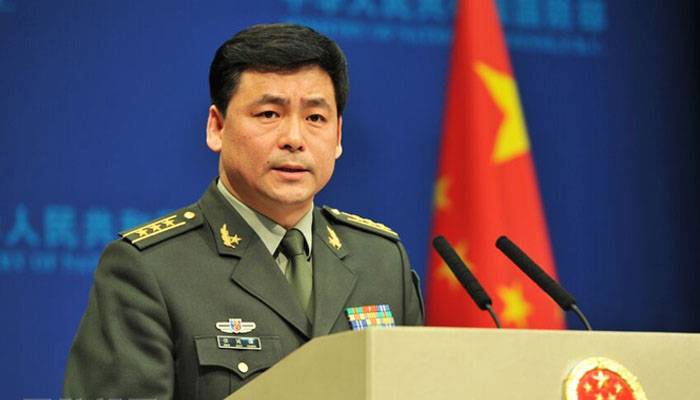At a time when global shipping, including that of China’s trade, has fallen to a record low due to the COVID-19 pandemic, Beijing has started deploying warships to the Indian Ocean. The Indian Navy has announced its operational preparedness, but there are severe costs for the anti-China maritime posture in the region.
The Chinese Ministry of National Defence (MND) announced the deployment of the 690 naval personnel-strong 35th Task Force of the People’s Liberation Army Navy (PLAN) to the Gulf of Aden on Wednesday in order to carry out anti-piracy patrols in the Indian Ocean, which is considered India’s geopolitical sphere of influence.
The PLAN's guided missile destroyer the Taiyan and the frigate Jingzhou will for the first time ever protect "ships and vessels” passing through the region.
The task force, comprising at least two dozen naval helicopters and replenishment oiler the Chaohu, will also support vessels off the coast of Somalia, where the PLAN has been carrying out naval escort missions since December 2008.
The announcement comes at a time when the International Maritime Bureau’s latest global piracy report shows zero hijackings in the last two quarters and no incidents around Somalia. Global shipping data also suggest a massive decline in the number of ships calling on ports, including in Europe and China.
Explaining the purpose of such a deployment at this time, Captain D.K. Sharma, who retired from the Indian Navy in September 2019 after serving as the spokesperson for 10 years, tells Sputnik: “The foothold which the PLA Navy established in 2008 in the Indian Ocean Region (IOR), in the garb of anti-piracy missions, won't be diluted at any cost”.
The captain brings up Beijing’s strategy – termed the "String of Pearls" by the US consultancy Booz Allen Hamilton in its 2005 report “Energy Futures in Asia” – to expand its naval presence throughout the Indian Ocean Region (IOR) by building maritime civilian infrastructure in friendly countries.






